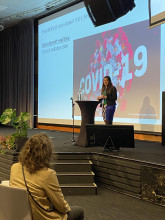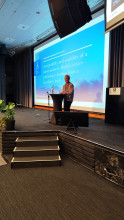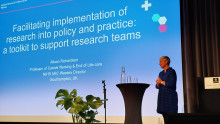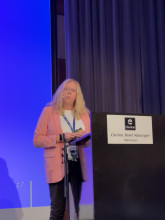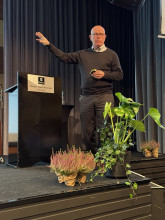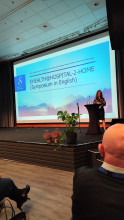This blog will provide a short summary of presentations from members of the eHealth @ hospital-2-home research group.
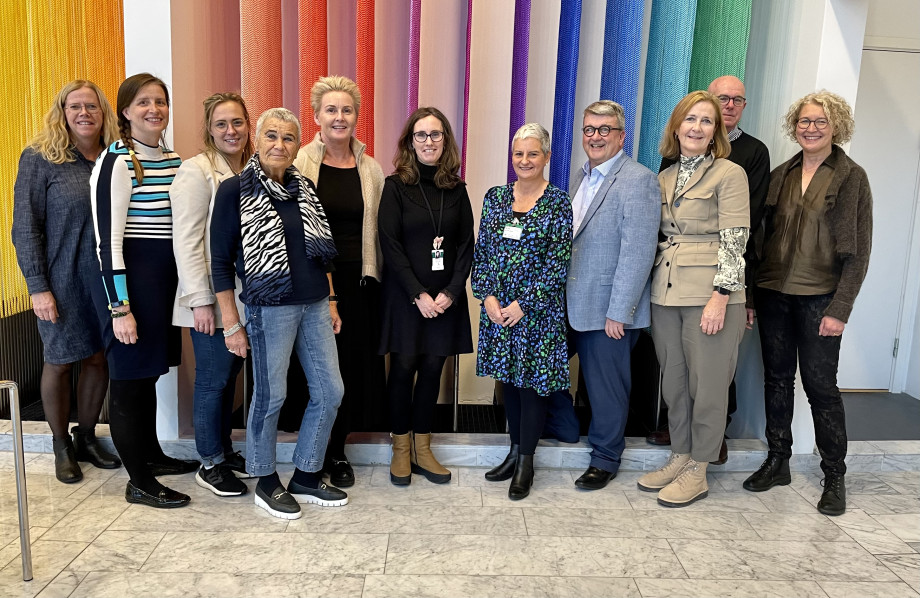
Last week University of Stavanger hosted the national health services conference. It was organised by Prof Marianne Storm supported by members from the Norwegian Health research network and other members of the department of public health at the university.
The conference Helsetjenesteforskningskonferansen 2023 was presented primarily in Norwegian with parallel presentations in English. Multiple health researchers from all over the world were in attendance. Close to 200 participants registered for the conference, with 100 presentations, 10 plenary lectures, and a panel discussion, that took place over two days.
The eHealth @ hospital-2-home research group invited the members of their scientific advisory committee to attend a pre-conference and share their expertise in implementation, health services research, and eHealth research in the conference. This blog will provide a short summary of the teams' presentations. For more details and photos of the conference head to X (formerly Twitter) and search the hashtag #helsetjenesteforsk2023.
Linn Furseth and Linn Tjemsland, from Stavanger University Hospital, shared their experiences working as Nurse Navigators in the project. In their roles they supplement the intervention by providing individualised support to participants through messages and phone calls. This work has highlighted, for them, the importance of identifying a patient’s specific needs for information around their illness and its management as well as further guidance to optimise self-care.
Hege Wathne, from the University of Stavanger and Stavanger University Hospital, presented her early observations from some of her PhD research. Her PhD is focused on the evaluation of the acceptability and useability of the nurse assisted eHealth service. While her final conclusions are not yet drawn her analysis is showing early insights that participants experiences were positive with the intervention. This appeared to be true throughout 4 different themes: 1) training in the use of the intervention (navigation), 2) the interactions with the nurse navigators facilitated by the eHealth intervention (utilization), 3) incorporating the intervention into daily routine and dealing with technical difficulties (management), and 4) thoughts and suggestions about the intervention and its use in healthcare services (reflection).
Continuing to present around the feasibility study of the eHealth @ hospital-2-home research project, Dr Rosalynn Austin, post-doctoral researcher at the University of Stavanger and Portsmouth Hospitals University NHS Trust took to the stage. She presented findings on how the group met the challenges related to recruitment throughout the feasibility study. Using meeting minutes and recruitment data it was observed how challenges like COIVD waves and Norwegian summer breaks slowed recruitment, but actions like collaborative events, researcher site visits, and alterations to roles in the study facilitated recruitment.
Professor Anne Marie Lunde Husebø (University of Stavanger and Stavanger University Hospital) presented an overview of the project aims and goals founded on the literature reviews on eHealth in both people with colorectal cancer and heart failure. One of these reviews has been published in the Journal of Medical Internet Research and the other has been accepted for publication.
Christine Tvedt Gunderson is a master’s student from Stavanger University Hospital She presented finding from interviews of family members of participants of the feasibility study. She shared how the relatives' reported benefits related to the eHealth digital intervention. They experienced decreased burden due to increased competence of the patient in medication and communication with healthcare personnel and an increased sense of security that the responsibility of caring for their loved one (the patient) was shared with the nurse navigators.
The second PhD student in the project group, Signe Furre from University of Stavanger and Stavanger University Hospital, presented an overview of the sub-study in the heart failure participants. Her presentation focused on the refinement of the interview guide that will be used in the planned longitudinal qualitative research interviews. Through in-depth discussion with a user representative the interview questions were refined to facilitate an exploration of participant experiences with the intervention and the maintenance of self-care.
The focus widened as Professor Anna Strömberg from Linköping University and Linköping University Hospital in Swedentook to the lectern. She shared her experiences over 3 decades in researching digital health tools. She highlighted how in Nordic countries have been slow to implement these tools. She identified a gap in the research in this field is in the evaluation of the implementation of the tools and the lack of end-user (patients and their carers) in the development and evaluation of digital health tools.
Next Professor Alison Richardson (University of Southampton, University Hospital Southampton NHS Foundation Trust, NIHR Applied Research Collaborative (ARC) Wessex in the United Kingdom) presented the structure and network of the ACR Wessex and the work that they have done to improve the rate at which research findings are implemented into clinical practice. Their Implementation Check list can be used both evaluate and plan implementation.
Professor Carl May, from the London School of Hygiene and Tropical Medicine, challenged the conference attendees to carefully consider what is meant by implementation. What the impact that digital services may have not just on the patient population, but the clinicians and healthcare pathways. He also challenged all researchers in digital health to consider the how AI and the possible effects that AI driven decision making may have on the equality and accessibility of healthcare services.
Finally, Professor Glyn Elwyn from the Dartmouth Institute in the United States of America, shared from his research and personal experience how digital health is transforming healthcare services pathways. From needing to physically visit a healthcare practitioner to now having a video consultation from a doctor who may not even be in the same state as you. He challenged the listeners to think and consider if digital health and AI might be used to deliver a more personalised healthcare service that facilitates shared decision making.
This is only a short highlight of a few of the wide-ranging presentations and research studies that were shared at this Health Services Research conference. To read more you can download the book of abstracts. Next year the conference will be held in Bergen, looking forward to catching up with these and more research projects.
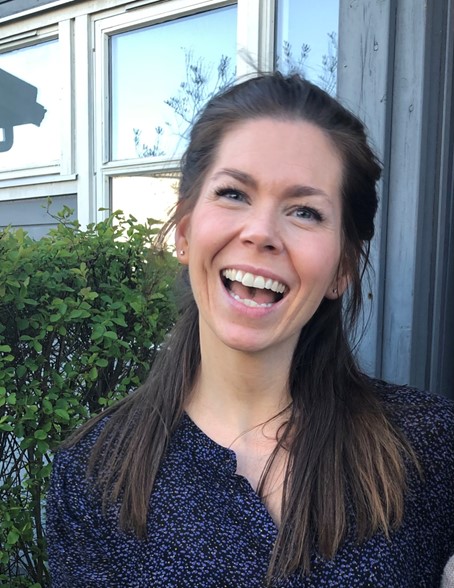
Christine Tvedt Gunderson, Stavanger University Hospital
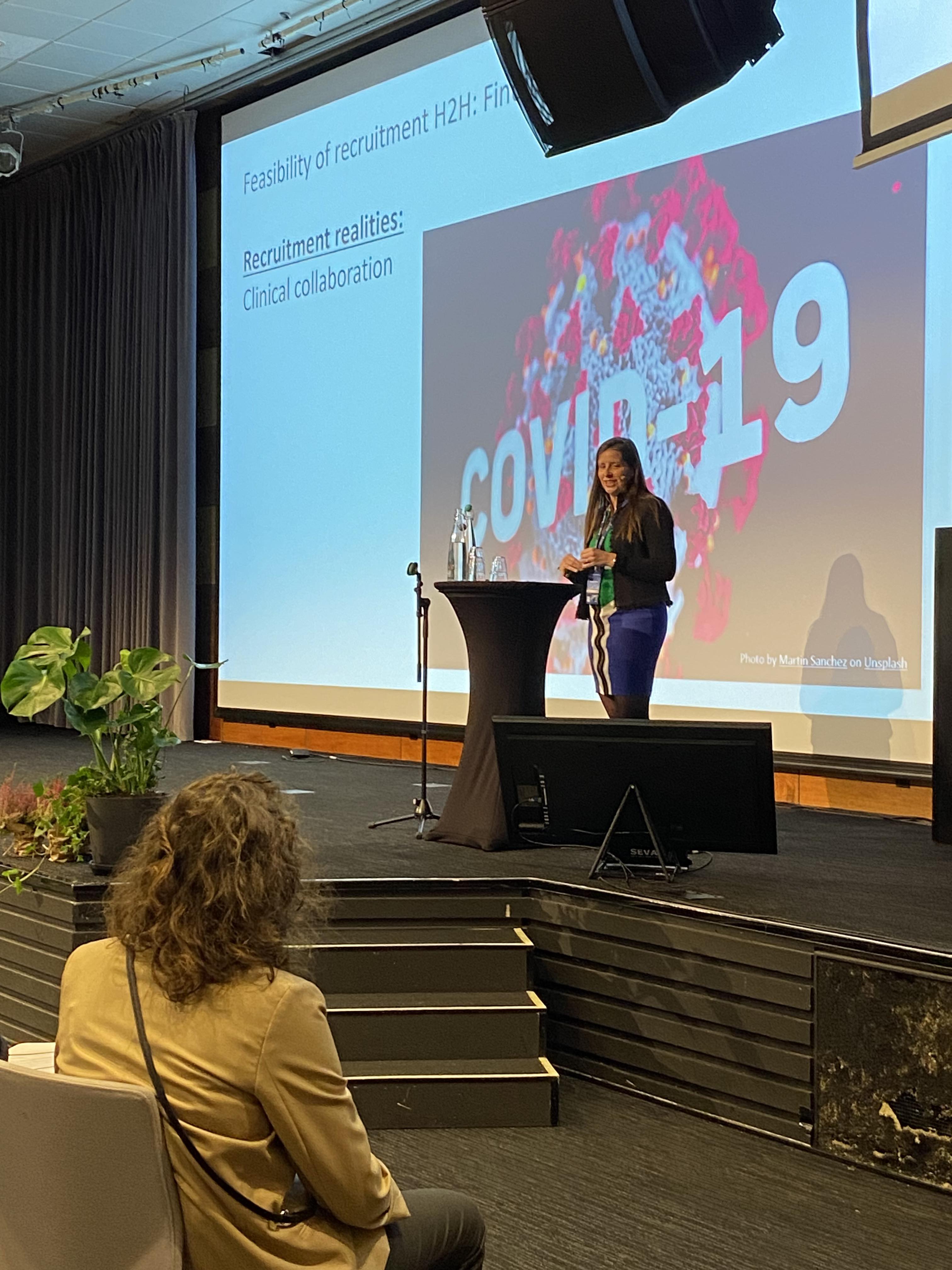
Dr Rosalynn Austin, University of Stavanger and Portsmouth Hospitals University NHS Trust
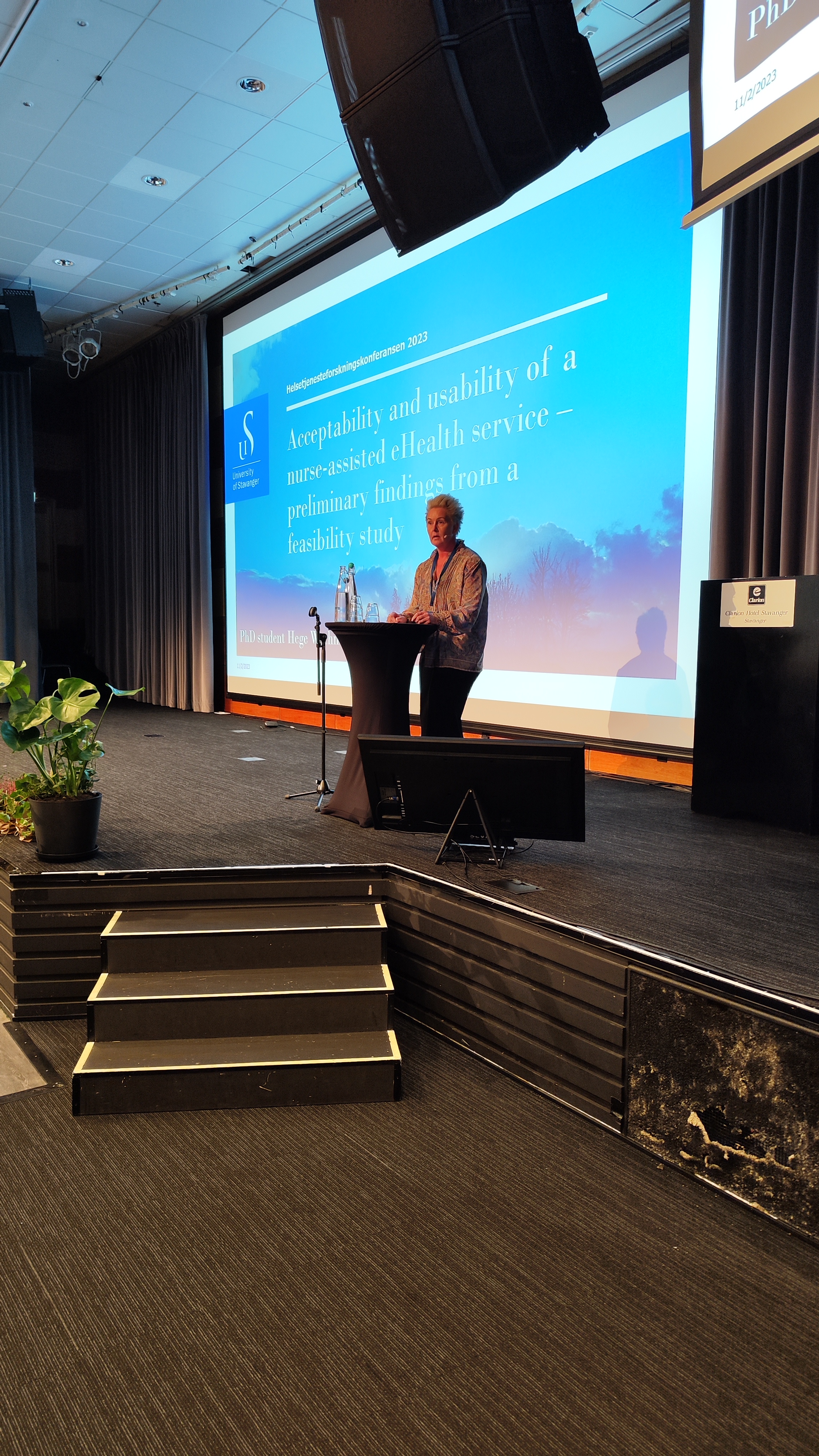
Hege Wathne, University of Stavanger and Stavanger University Hospital
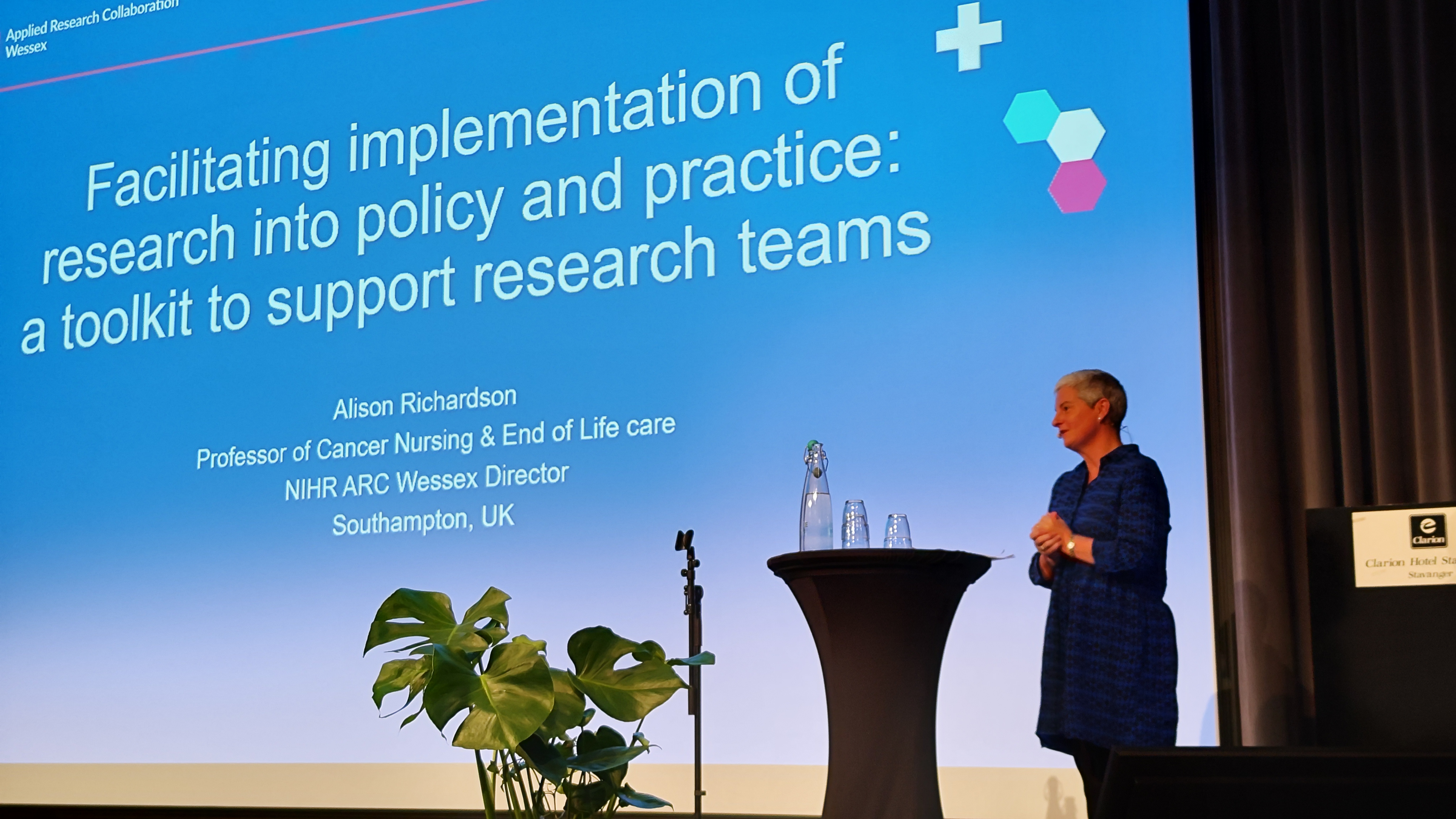
Professor Alison Richardson, University of Southampton, University Hospital Southampton NHS Foundation Trust, NIHR Applied Research Collaboration Wessex
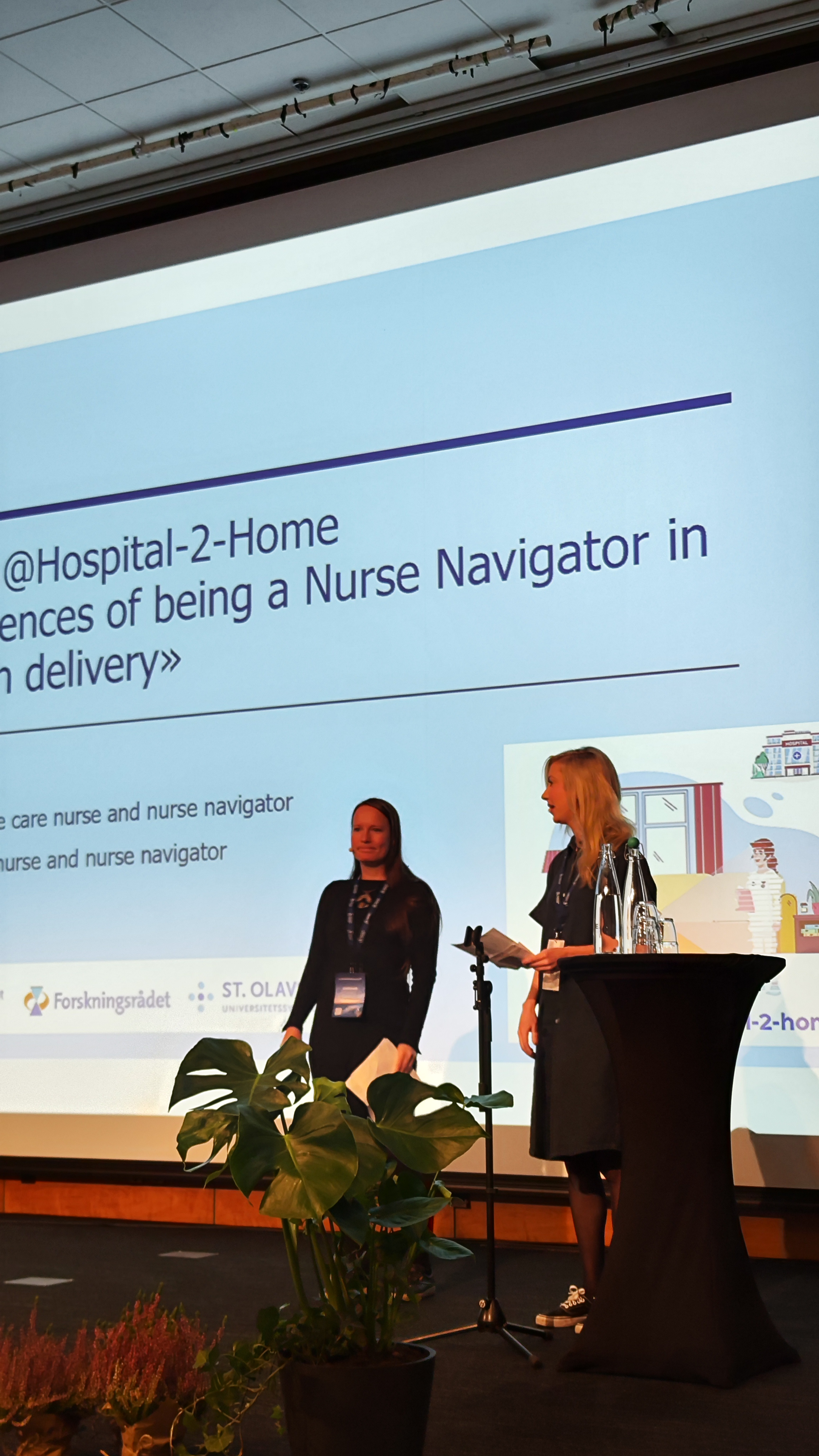
Nurse Navigators: Linn Furseth and Linn Tjemsland, Stavanger University Hospital
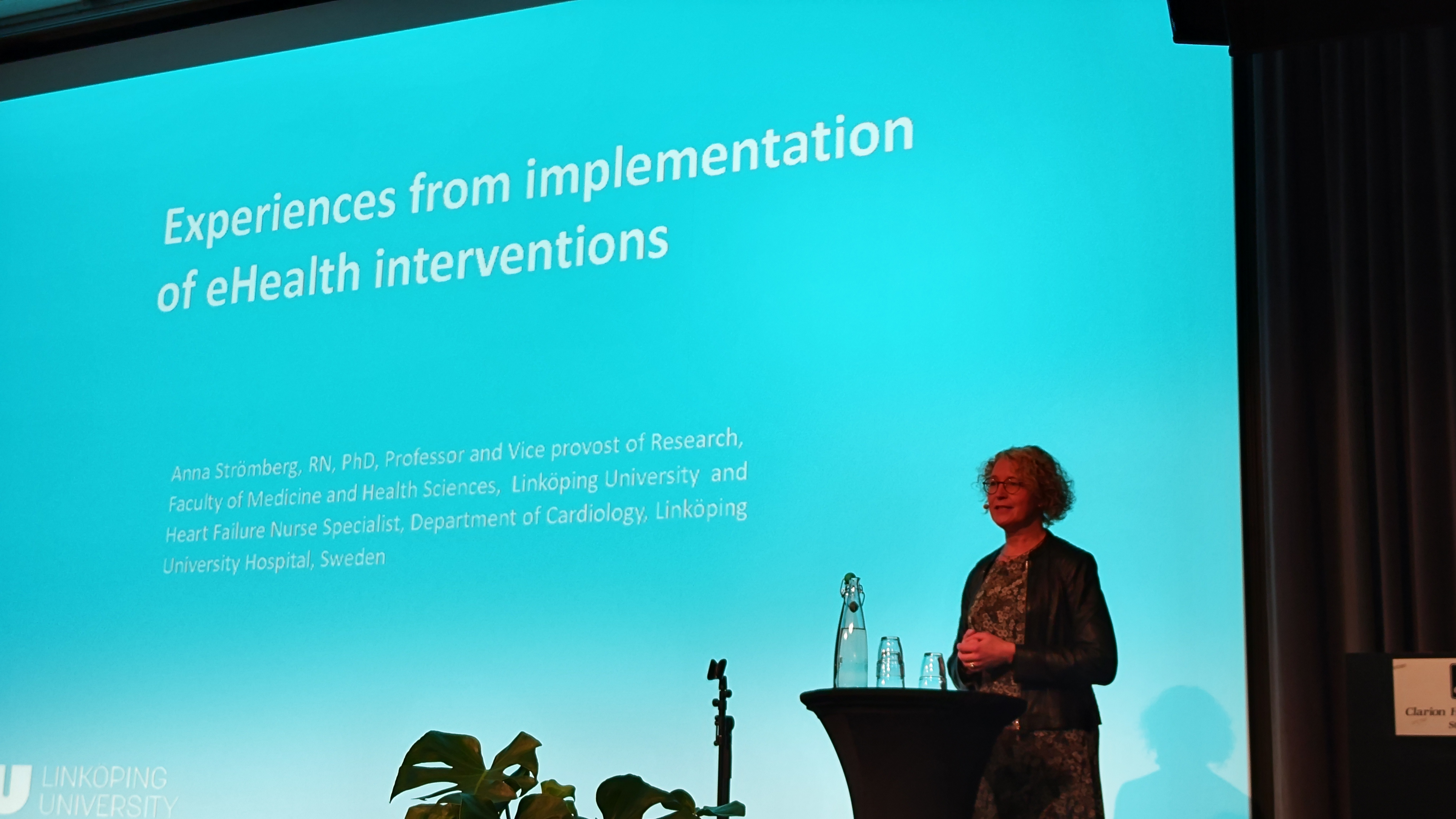
Professor Anna Strömberg, Linköping University and Linköping University Hospital
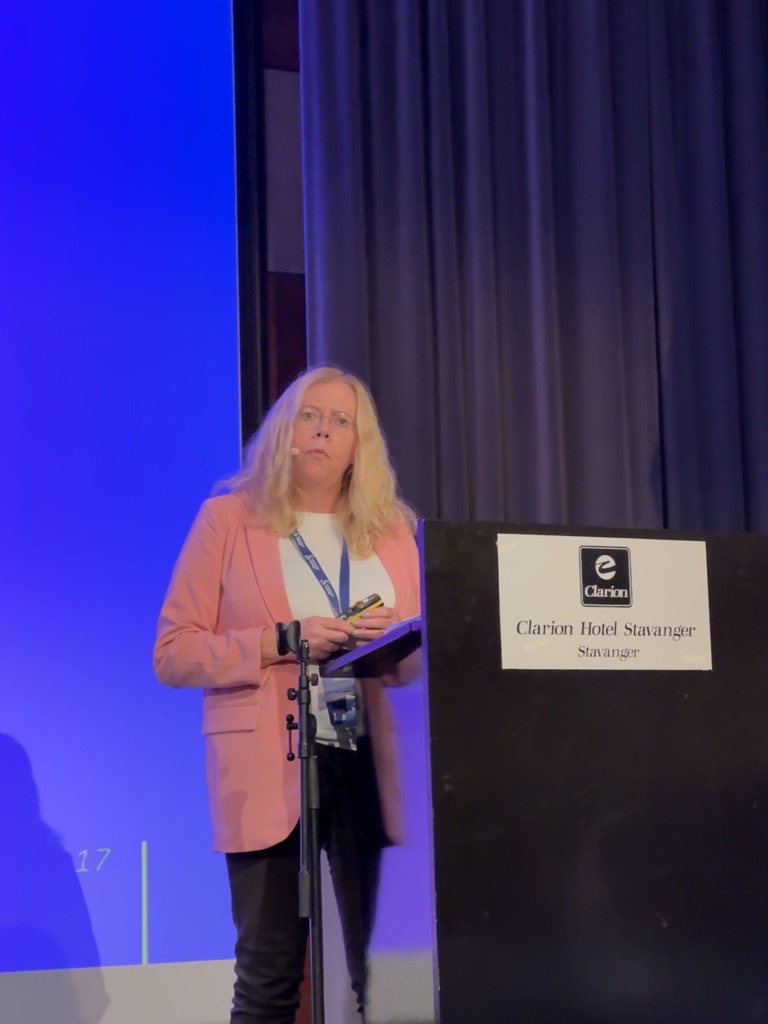
Professor Anne Marie Lunde Husebø, University of Stavanger and Stavanger University Hospital
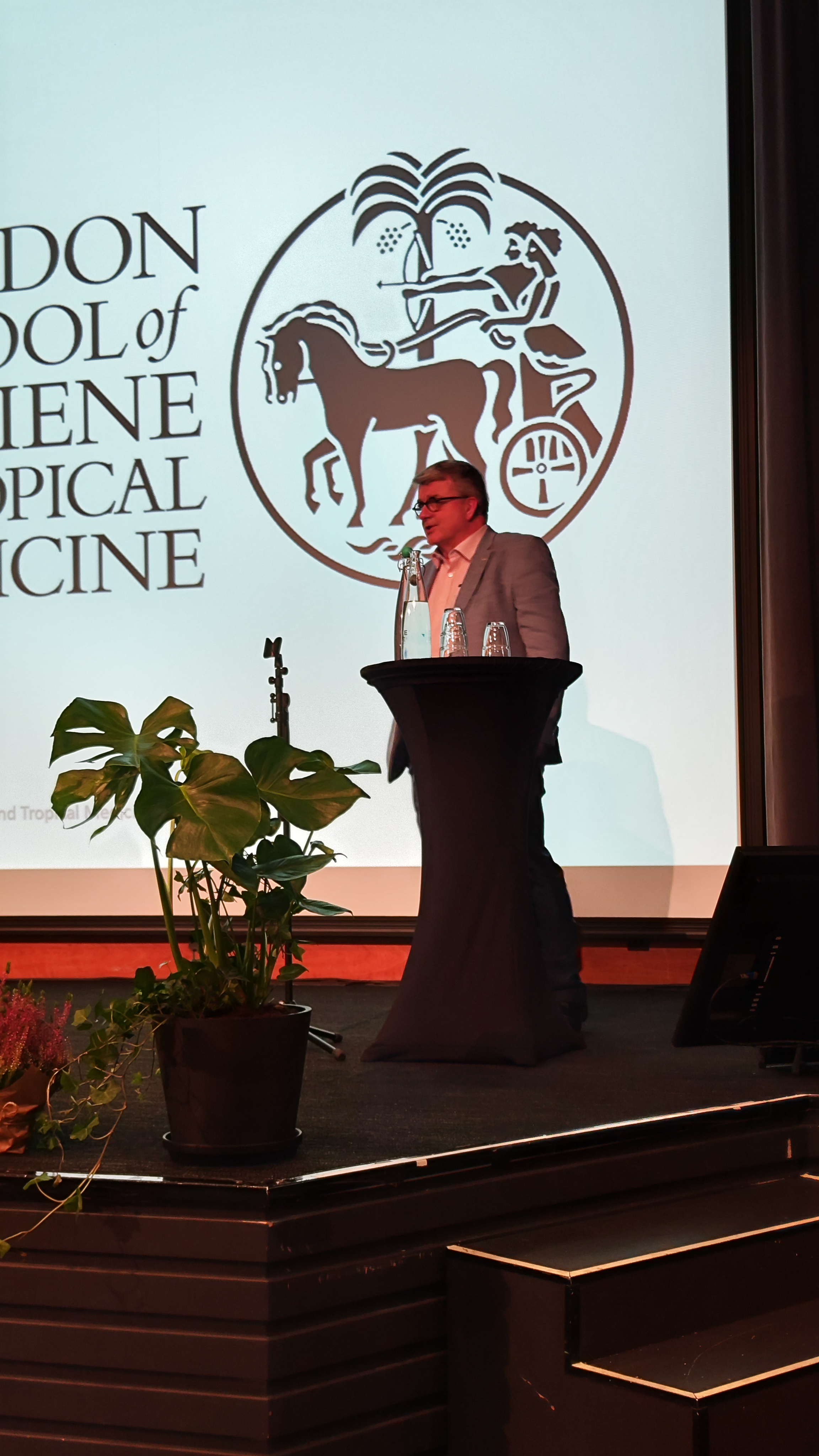
Professor Carl May, London School of Hygiene and Tropical Medicine
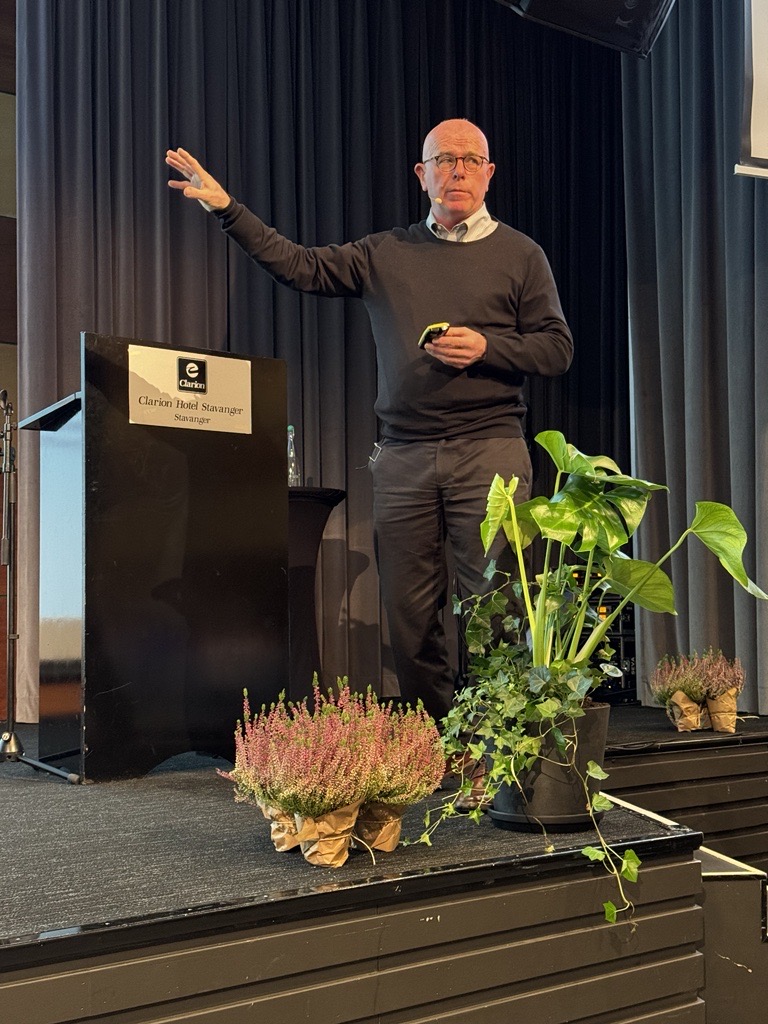
Professor Gyln Elwyn, Dartmouth Institute of Health Policy and Clinical Practice
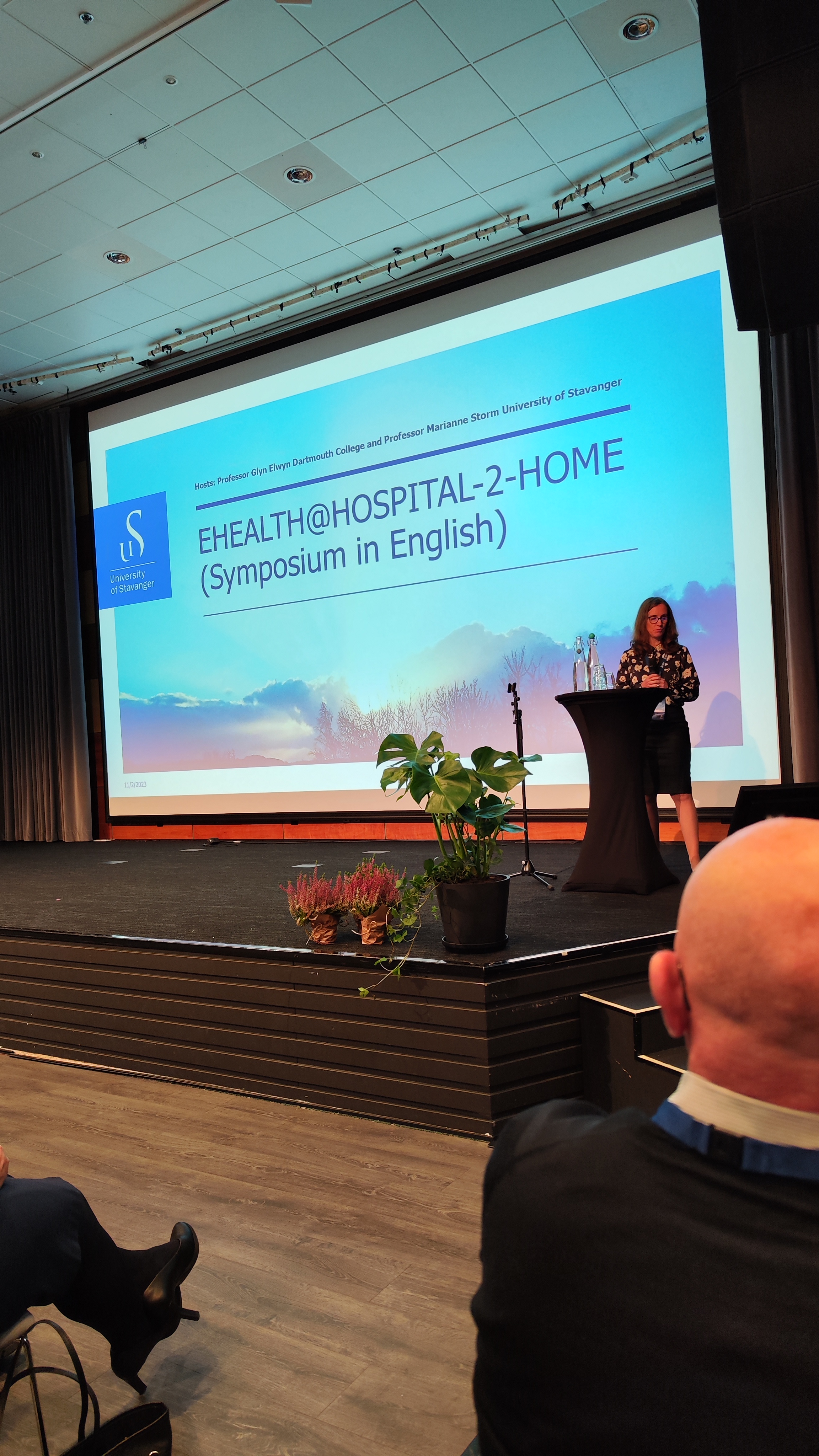
Professor Marianne Strøm, University of Stavanger and Stavanger University Hospital
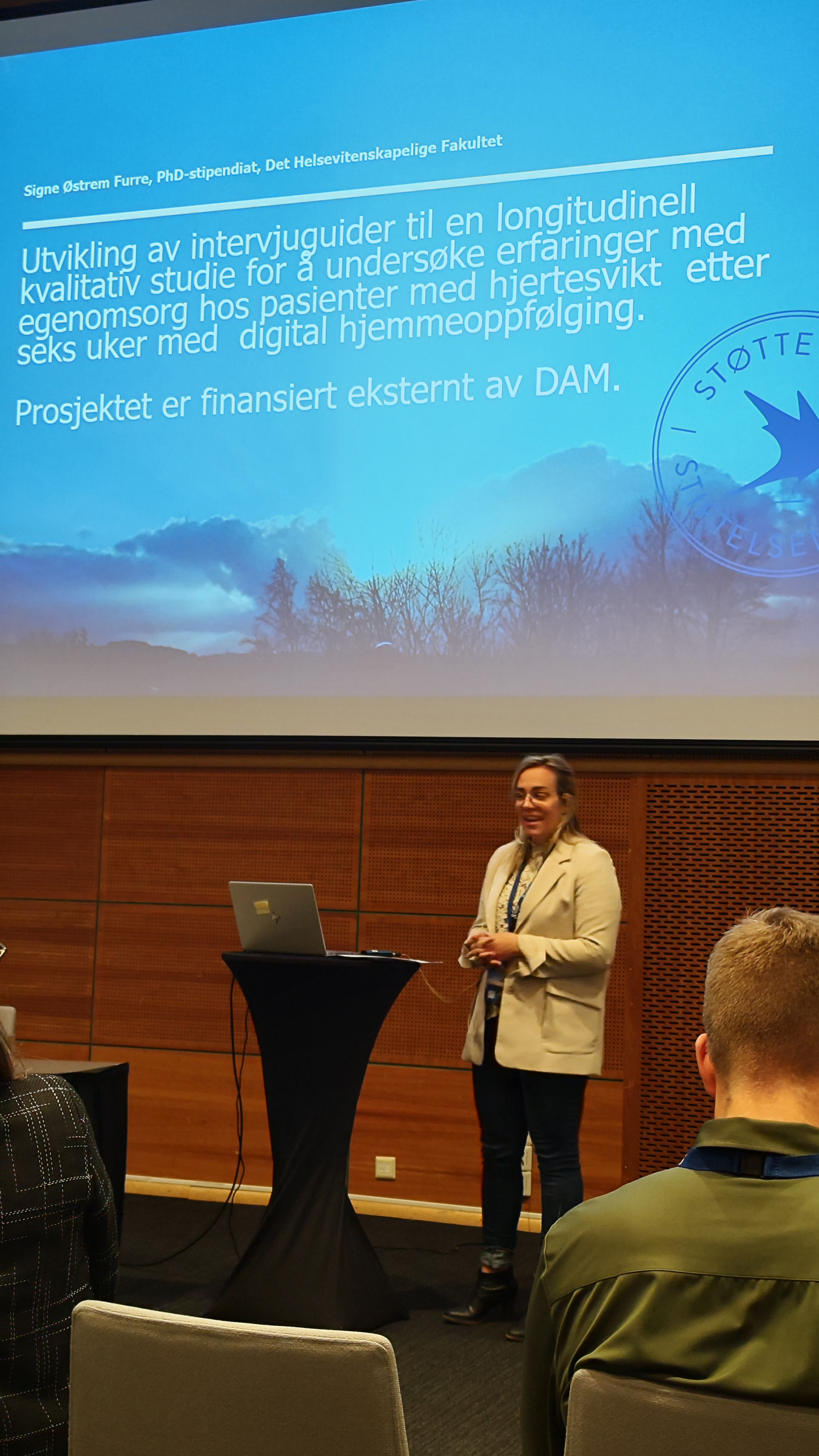
Signe Østrem Furre, University of Stavanger and Stavanger University Hospital

Christine Tvedt Gunderson, Stavanger University Hospital

Dr Rosalynn Austin, University of Stavanger and Portsmouth Hospitals University NHS Trust
Photo Credits: Rosalynn Austin, Eigil Kloster Osmundsen, Bente Hamre Larsen, and Anne Marie Lunde Husebø
